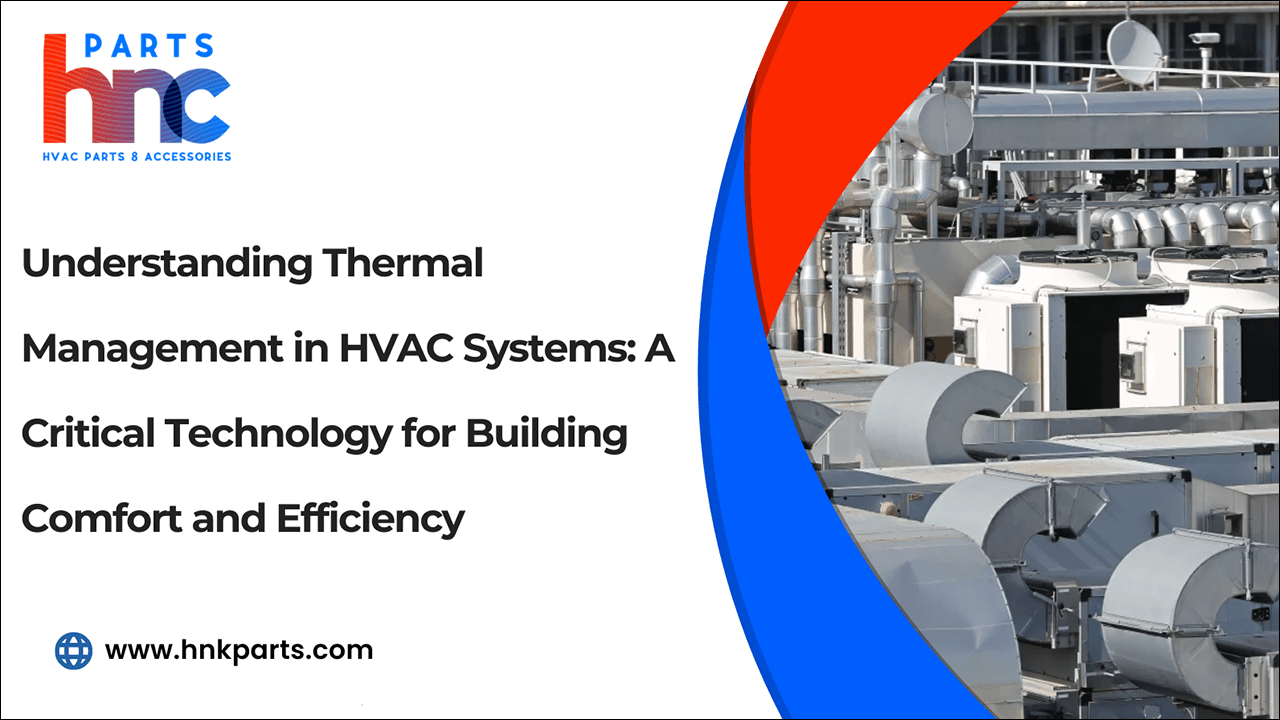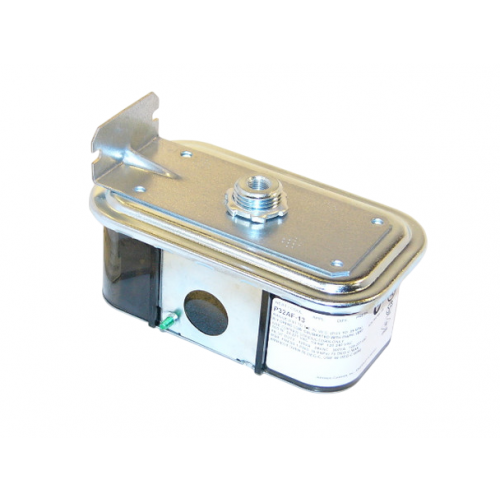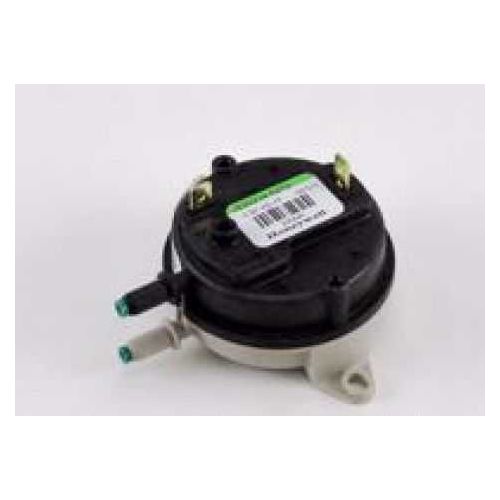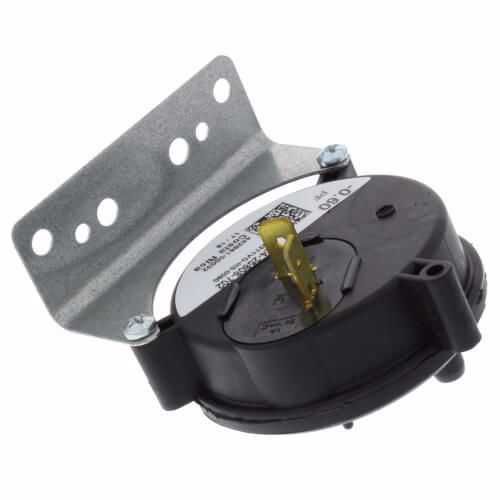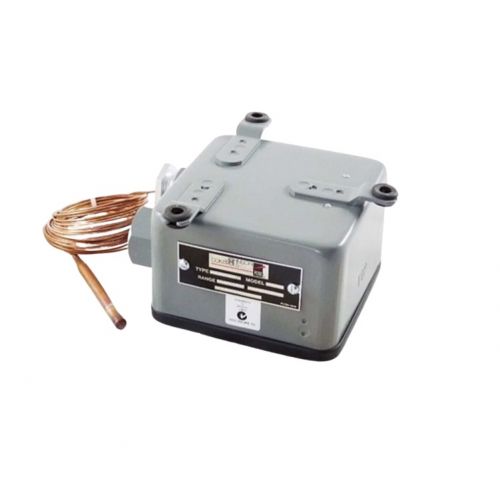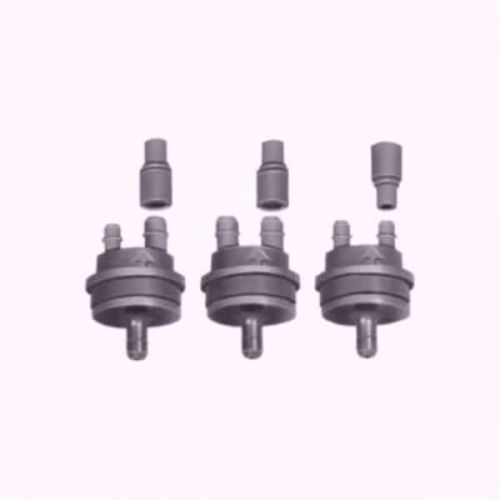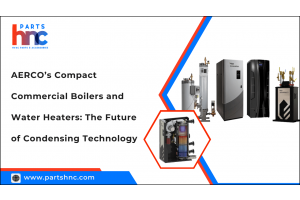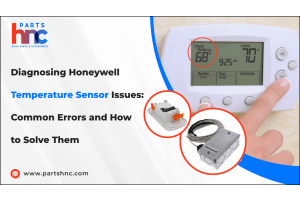Understanding Thermal Management in HVAC Systems: A Critical Technology for Building Comfort and Efficiency
Thermal management is a core function of modern HVAC systems, ensuring buildings remain comfortable, energy-efficient, and environmentally responsible. As energy regulations tighten and indoor air quality becomes a greater priority, effective control of heat transfer within HVAC systems is more critical than ever. Advanced technologies such as variable speed drives, energy recovery ventilators, and smart sensors are now integrated to optimize temperature regulation and reduce energy waste. These innovations not only improve system performance but also contribute to long-term sustainability and cost savings. In this article, we explore the importance of HVAC thermal management, the essential components involved, and the cutting-edge solutions shaping the future of heating and cooling in residential, commercial, and industrial buildings.
What Is Thermal Management in HVAC Systems?
Thermal management in HVAC systems refers to the process of regulating temperature, humidity, airflow, and heat exchange within a building to maintain a comfortable and healthy indoor environment. It is essential for enhancing the performance of heating, ventilation, and air conditioning systems, ensuring consistent climate control and improved energy efficiency.
Key aspects and benefits of thermal management in HVAC systems include:
-
Energy Efficiency: Proper thermal management reduces energy consumption by optimizing heating and cooling cycles, lowering utility bills, and environmental impact.
-
Temperature stability: Prevents hot or cold patches and improves occupant comfort by maintaining constant indoor temperatures throughout the building.
-
Control humidity: Prevents mold formation and enhances indoor air quality by controlling moisture levels.
-
Airflow Optimization: Ensures even distribution of conditioned air to all spaces for balanced ventilation.
-
Equipment Longevity: Reduces system strain and wear & tear on HVAC components, resulting in fewer malfunctions and a longer lifespan.
-
Occupant Health and Productivity: Creates a healthier indoor environment that supports well-being and improves productivity.
Modern thermal management utilizes smart sensors and automated controls to optimize HVAC performance in real-time, reducing energy waste without compromising comfort. These technologies are crucial to achieving energy-efficient and sustainable buildings today.
Fundamental Building Blocks of HVAC Thermal Management
Effective HVAC thermal management depends on key components working together to optimize temperature, energy efficiency, and comfort. Understanding these parts is vital for system design and maintenance.
-
Thermostats and Sensors: Smart thermostats, temperature sensors, humidity sensors, and CO₂ detectors collect real-time data, enabling precise climate control and adaptive system adjustments based on occupancy and environmental conditions.
-
Air Handling Units (AHUs): AHUs regulate and circulate conditioned air throughout the building, incorporating filters, fans, and heat exchangers to maintain clean, temperature-controlled airflow.
-
Ductwork and Vents: Properly designed duct systems and vents distribute heated or cooled air evenly, minimizing losses and ensuring consistent thermal comfort across all zones.
-
Chillers and Boilers: Chillers produce chilled water or air for cooling, while boilers generate hot water or steam for heating, forming the backbone of HVAC temperature regulation.
-
Heat Exchangers: These devices transfer heat between air or liquid streams, recovering energy from exhaust air and improving system efficiency.
These components form the foundation of advanced HVAC systems that boost energy savings, improve air quality, and ensure occupant comfort. Efficiency and sustainability are further improved by routine maintenance and smart controls.
Cutting-Edge HVAC Thermal Management Technologies Revolutionizing Energy Efficiency in 2025
Advanced HVAC technologies integrating sustainability, automation, and efficiency are revolutionizing temperature control. They help reduce energy costs and support climate goals across residential, commercial, and industrial spaces.
Energy Recovery & Heat Recovery Ventilation (ERV/HRV)
ERV and HRV systems capture waste heat or cool air from exhaust airflows and reuse it to condition incoming fresh air, significantly reducing HVAC load.
-
Recover between 85 and 95 percent of the thermal energy that would have been wasted otherwise.
-
Improve ventilation efficiency without increasing energy consumption.
-
Common in LEED-certified offices and energy-conscious buildings.
Thermal Energy Storage Systems
Thermal storage solutions help balance grid demand by storing cooling energy, such as ice or chilled water, during off-peak hours and using it during peak periods.
-
Improve the efficiency of HVAC systems and lower peak electricity expenses.
-
Provide backup cooling capacity and load-shifting for grid stability.
-
Widely adopted in hospitals, universities, and smart city infrastructure.
IoT-Enabled Smart HVAC Controls
Internet of Things (IoT) technology, combined with AI and cloud-based analytics, allows HVAC systems to adapt in real time based on occupancy, weather, and usage patterns.
-
Automatically adjust temperature, airflow, and humidity based on sensor data.
-
Enable predictive maintenance and remote diagnostics.
-
Leading solutions offered by Honeywell, Schneider Electric, and Danfoss.
Variable Refrigerant Flow (VRF) Systems
VRF systems use shared outdoor condensing units with multiple indoor units, offering zoned comfort control and high energy efficiency.
-
At the same time, provide separate zones with independent heating and cooling.
-
Reduce energy waste in large or mixed-use buildings.
-
Commonly used in hotels, office buildings, and retrofit projects.
Chilled Beam Systems
Chilled beams use water-based ceiling units instead of forced air to deliver cooling, resulting in lower energy consumption and quieter operation.
-
Use natural convection to save fan energy.
-
Improving occupant comfort and indoor air quality
-
Installed in universities, laboratories, and healthcare environments such as UNC-Chapel Hill.
Electrified Heat Pumps and Low-GWP Refrigerants
Next-generation heat pumps offer both heating and cooling in a single unit, operating with ultra-low or natural refrigerants that meet modern climate regulations.
-
Electrify thermal systems and replace fossil-fuel-based heating.
-
Support carbon neutrality and decarbonization in buildings.
-
Central to green building retrofits and climate action plans.
Smart Heat Exchangers with Nanofluid Technologies
Nanofluid-enhanced heat exchangers deliver superior thermal conductivity and allow for more efficient heat transfer, ideal for advanced HVAC applications.
-
Reduce energy use in heating and cooling cycles..
-
Enable real-time performance monitoring and adaptive thermal control.
-
Gaining traction in high-performance industrial and commercial systems.
Electrocaloric and Ionocaloric Solid-State Cooling
Still in the prototype phase, these technologies cool spaces without traditional refrigerants by using electric or ionic fields to control temperature.
-
Offer a refrigerant-free alternative to conventional cooling.
-
Potentially quieter, more compact, and more efficient.
-
Under development at research institutions like Lawrence Berkeley National Laboratory (LBNL).
Passive Radiative Cooling Materials
These materials reflect solar radiation and emit thermal infrared energy into space, enabling cooling without power consumption.
-
Reduce indoor temperatures naturally by 5 to 10 degrees Celsius.
-
Useful in roof coatings, building envelopes, and zero-energy design.
-
Already applied in smart roofing and climate-resilient building projects.
Liquid Cooling for HVAC Electronics and Data Centers
Originally developed for server cooling, liquid-based thermal management is now applied in energy-intensive buildings with high-tech loads.
-
Transfer heat more effectively than devices that rely on air.
-
In electrical surroundings with a high density, maintain thermal regulation.
-
Deployed by Microsoft, DataBank, and Nvidia for advanced HVAC and IT cooling.
Read this article on key upgrades in HVAC technology advancements to explore how smart systems and next-gen components are transforming the industry.
Best Practices for HVAC Thermal Management
Optimizing HVAC thermal performance requires proven strategies that reduce energy consumption, enhance indoor comfort, and support long-term sustainability. Below are essential best practices for thermal management in modern buildings.
Implement Building Automation Systems (BAS)
Smart HVAC controls automate climate management based on real-time data.
-
Real-Time Monitoring: Track temperature, humidity, and occupancy with advanced sensors.
-
Automated Adjustments: Automatically regulate system performance to reduce energy waste.
-
Integrated Systems Control: Connect HVAC with lighting and ventilation for full-building efficiency.
Conduct Regular HVAC Energy Audits
Regular evaluations reveal cost-saving possibilities and hidden inefficiencies.
-
System Diagnostics: Detect leaks, blockages, and component inefficiencies.
-
Performance Benchmarking: Compare energy use against industry standards or building codes.
-
Upgrade Planning: Identify high-ROI upgrades to boost thermal efficiency.
Use Predictive Maintenance Tools
Predictive technologies extend system lifespan and reduce downtime.
-
Early Fault Detection: Use AI and analytics to find problems before failure.
-
Scheduled Preventive Maintenance: Maintain machinery not only when problems occur but also at the best times.
-
Cost Reduction: Minimize emergency repairs and increase system reliability.
Enhance Insulation and Building Envelope
Improved insulation reduces HVAC load and energy loss.
-
Air Sealing: Close gaps in walls, ceilings, and windows.
-
Thermal Upgrades: Install high-efficiency insulation and double-glazed windows.
-
Heat Transfer Reduction: Prevent unwanted heat gain or loss throughout the building.
Adopt Zoned HVAC and Demand-Based Ventilation
Deliver air only where and when it’s needed for maximum efficiency.
-
Zoned Temperature Control: Customize heating and cooling by room or floor.
-
Occupancy-Based Ventilation: Adjust airflow according to real-time occupancy or CO₂ levels.
-
User Comfort & Energy Savings: Improve comfort while significantly lowering operating costs.
Let me know if you'd like to convert this into a downloadable PDF or presentation.
Check out this article on eco-friendly HVAC solutions for practical insights that can help improve performance while reducing your environmental impact.
What’s Next for HVAC Thermal Management?
The future of HVAC thermal management is advancing quickly, driven by innovations that prioritize energy efficiency, sustainability, and smart automation. These advancements will redefine building comfort while reducing environmental impact.
Key emerging trends include:
-
AI-First Optimization Platforms: Utilize artificial intelligence and machine learning to continuously monitor and adjust HVAC operations in real time, minimizing energy waste and extending equipment lifespan.
-
Building Digital Twins: Create virtual models of physical buildings to simulate thermal performance and HVAC system behavior, enabling optimized design, better planning, and reduced errors before actual construction or retrofits.
-
Carbon-Neutral Cooling and Heating: Integrate renewable energy sources like geothermal, solar thermal, and battery-backed heat pumps to significantly cut greenhouse gas emissions and support net-zero building goals.
-
Materials Innovation: Develop smart materials such as shape-shifting coatings and switchable insulation that dynamically control heat transfer, enabling passive temperature regulation with minimal energy use.
Together, these cutting-edge technologies are driving a new era of HVAC systems that are smarter, greener, and more resilient, perfectly aligned with the demands of sustainable building design and climate change mitigation.
Final Thoughts:
Thermal management is an indispensable aspect of modern HVAC systems, directly impacting building comfort, operational efficiency, and sustainability goals. As technology advances, integrating smart controls, energy recovery solutions, and innovative cooling and heating methods will be vital to optimizing performance and reducing environmental impact. Prioritizing effective thermal management not only enhances occupant well-being but also drives significant energy savings and supports global efforts toward greener, more resilient buildings. For building owners, facility managers, and engineers alike, investing in advanced thermal management technologies is key to achieving long-term comfort, cost efficiency, and environmental responsibility.
Looking to upgrade your HVAC system for better thermal management and energy efficiency? PartsHnC offers top-quality parts like thermostats, heat exchangers, and variable speed drives to keep your system running smoothly. Shop trusted brands such as Honeywell, Carrier, and Lennox today for better performance and lasting comfort.
FAQs
Why is it important to have thermal management?
Thermal management improves indoor comfort, reduces energy consumption, and extends the life of HVAC equipment. By controlling humidity and temperature, it also contributes to the maintenance of good air quality.
What do the "A" and "H" mean on thermal overload protection?
"A" typically stands for amperage (current rating), and "H" refers to the manual or automatic reset function of the thermal overload device. These indicators help protect HVAC motors from overheating and electrical damage.
What three factors are important to consider in thermal control and comfort?
The three most crucial elements are ventilation, humidity, and temperature. These elements directly impact how comfortable a space feels and how efficiently an HVAC system operates. Proper balance among them ensures optimal indoor air quality and energy savings.


